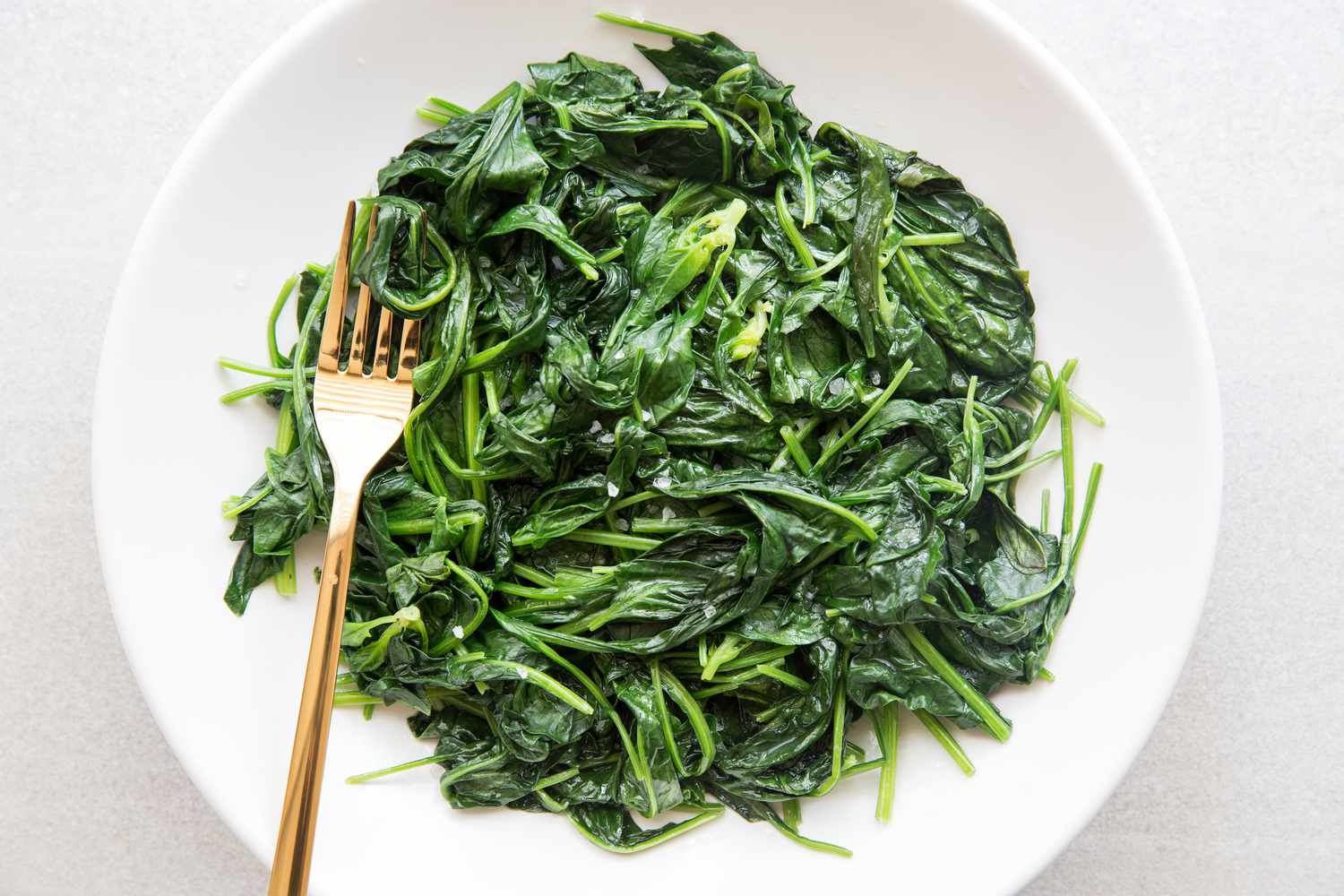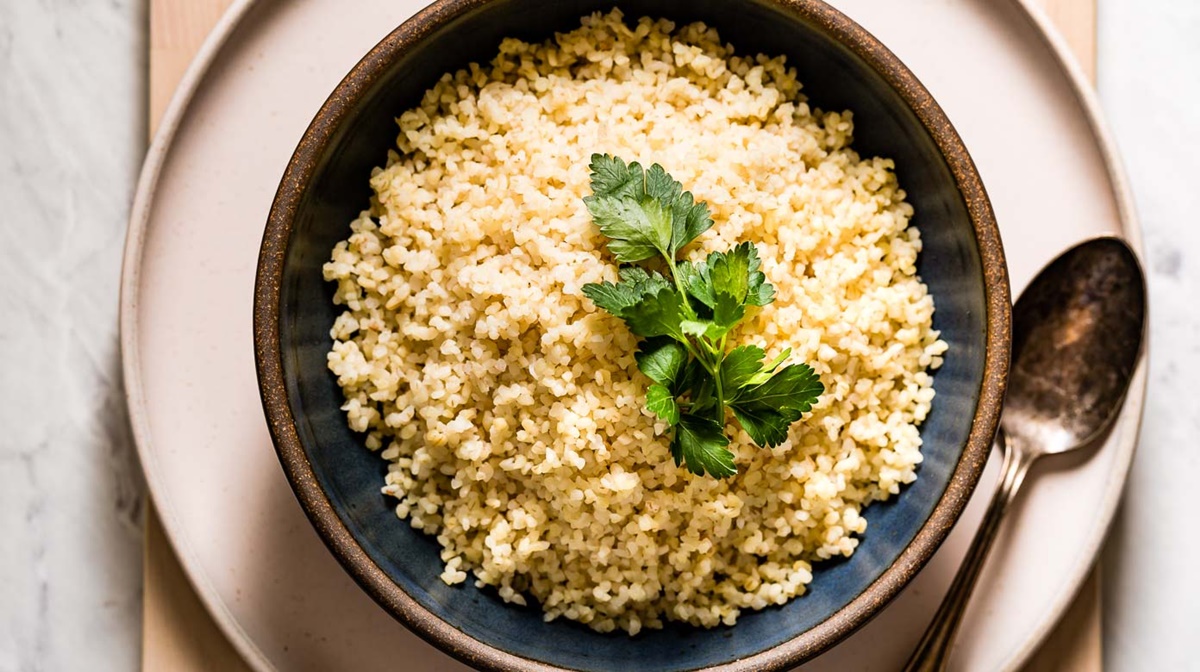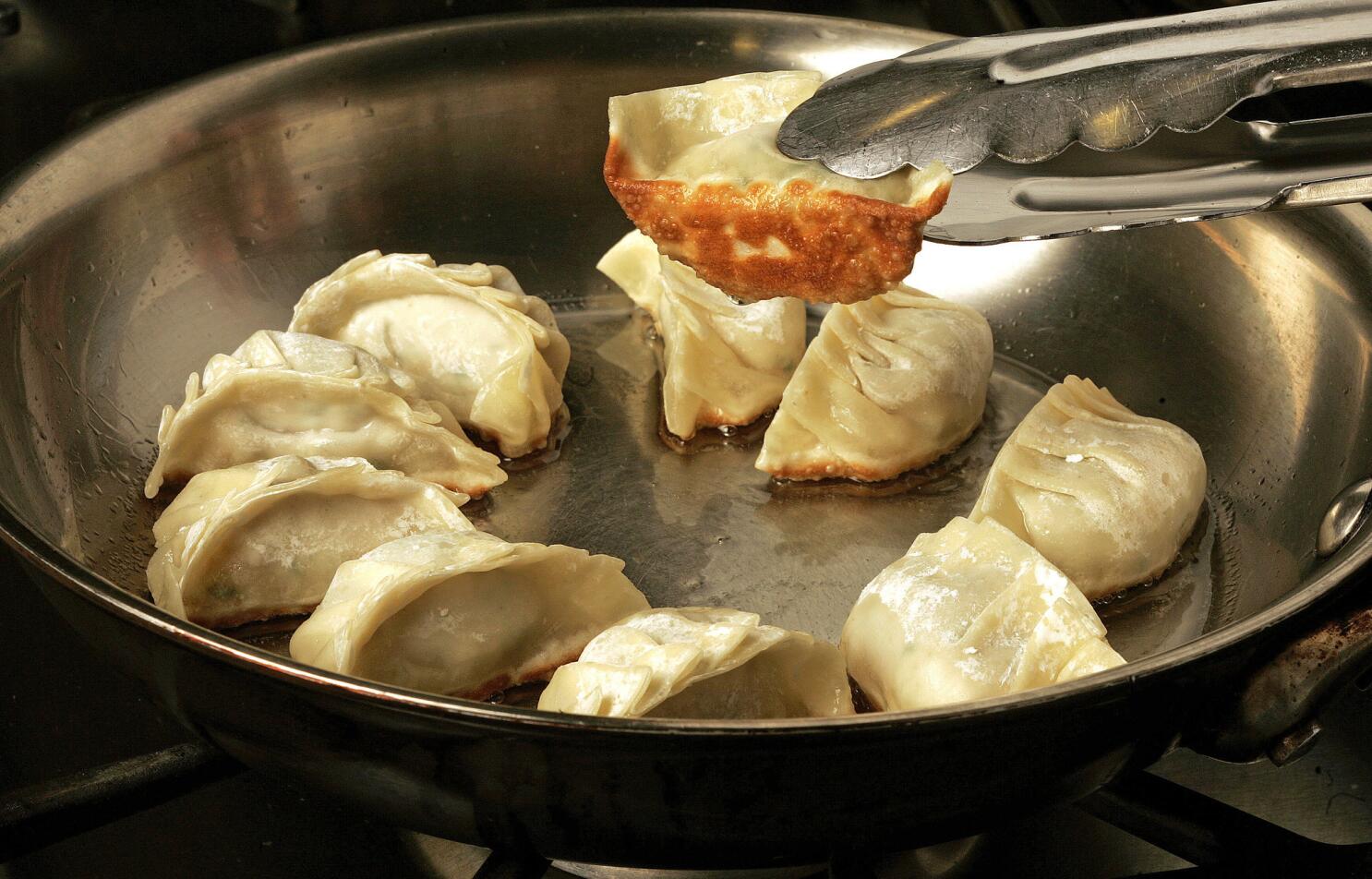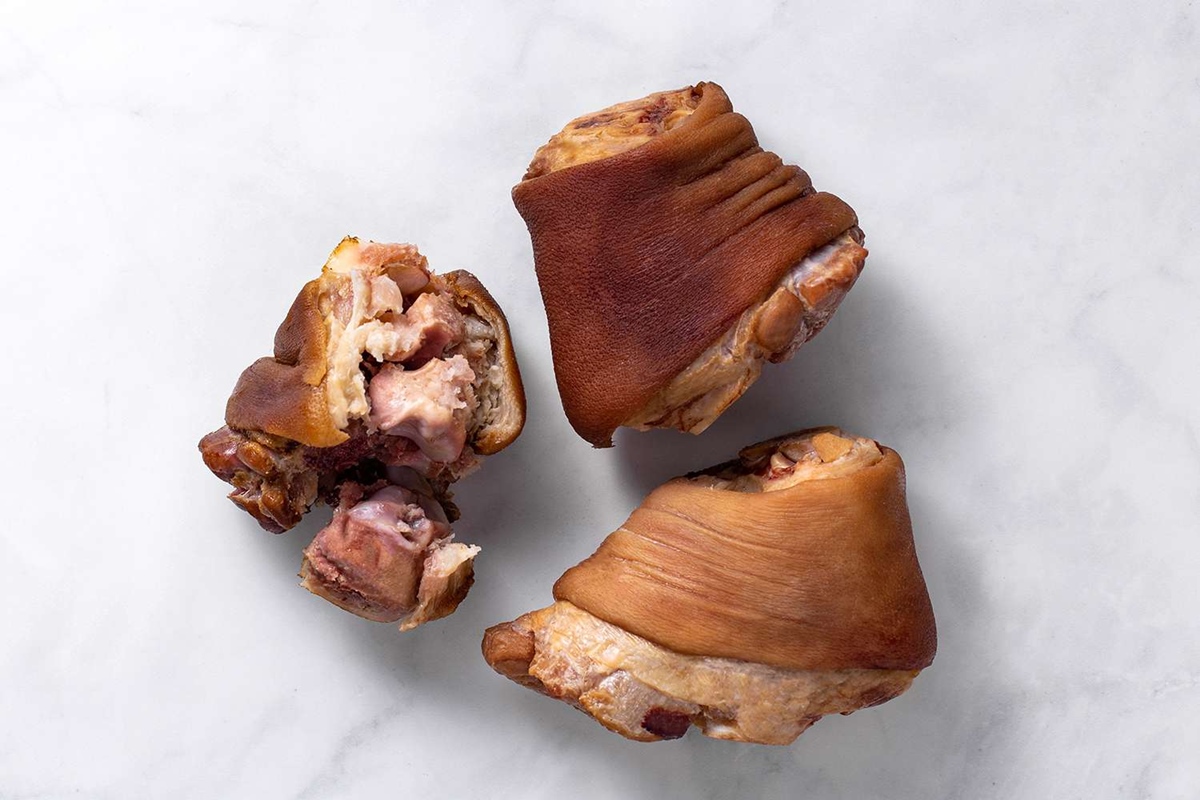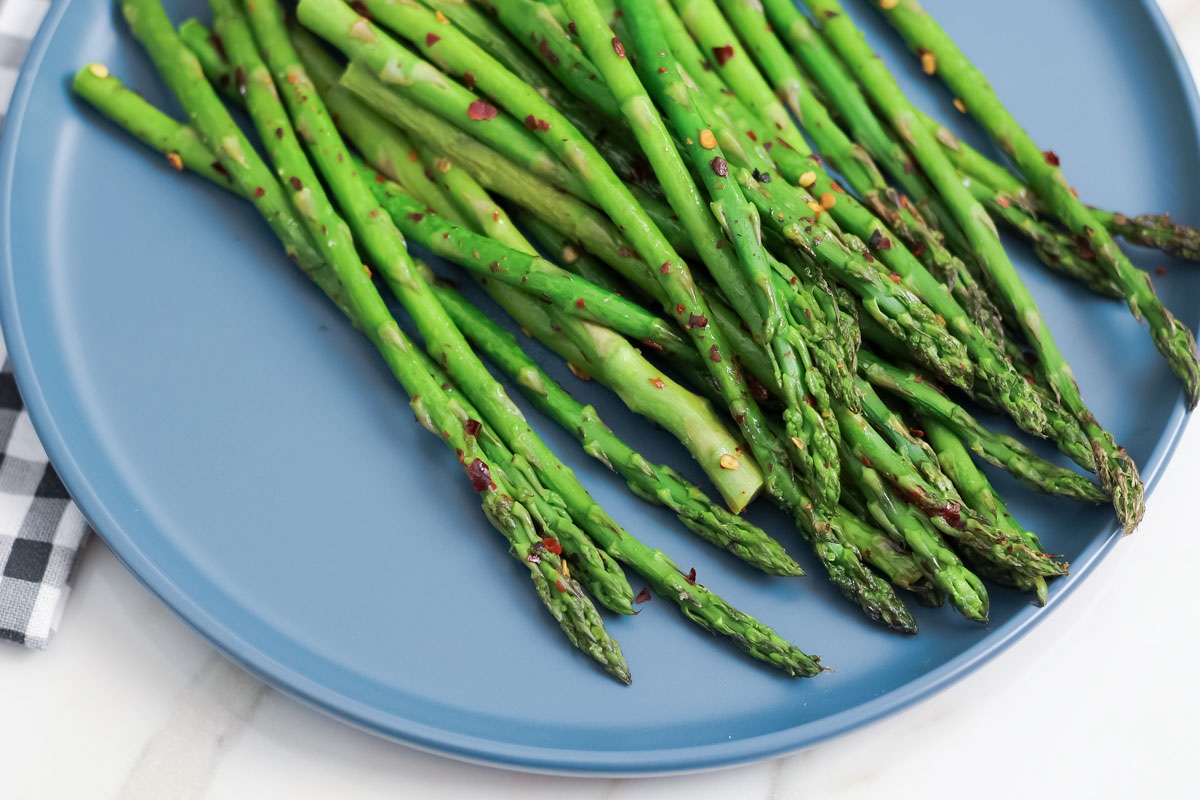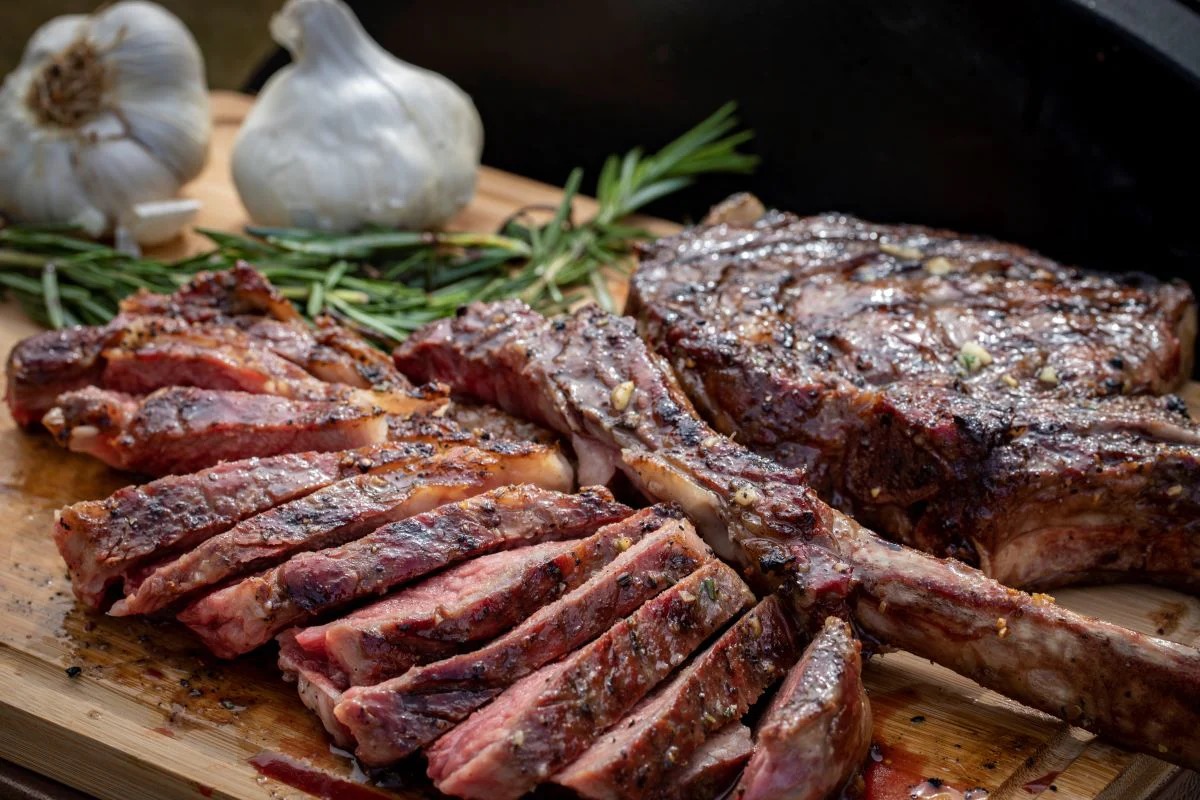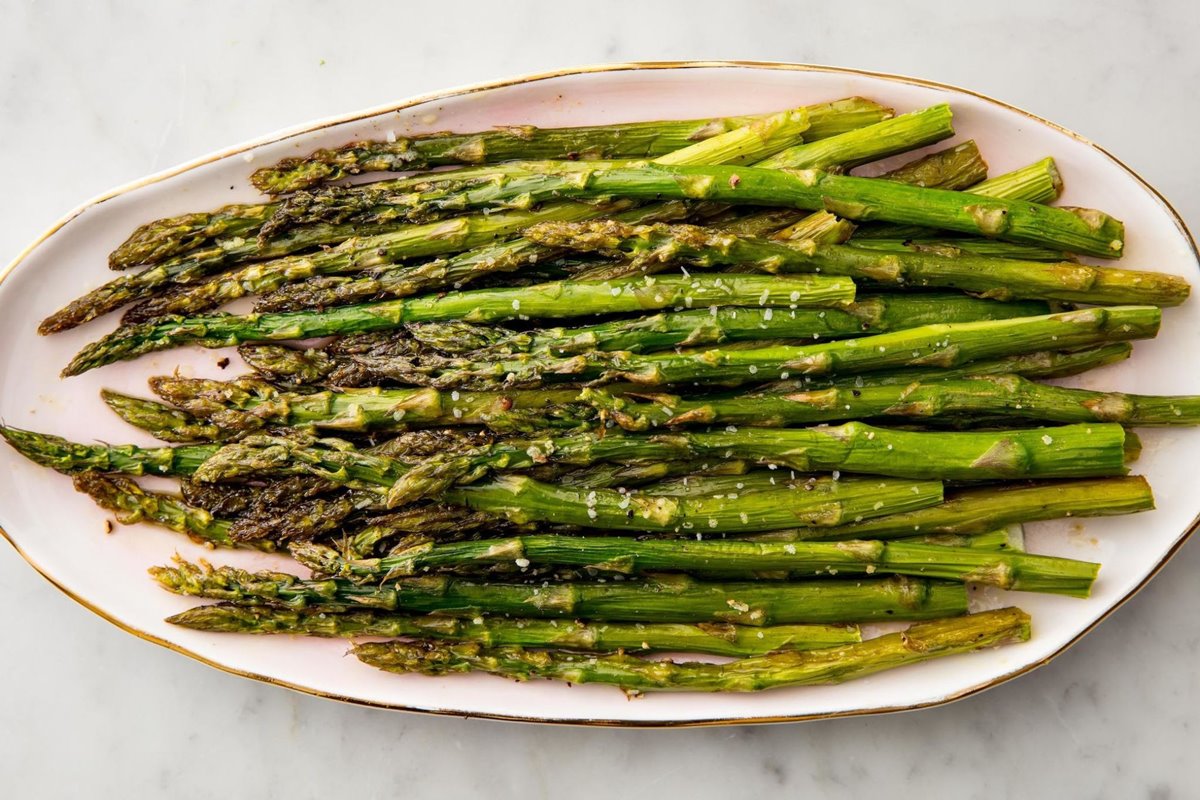Cooking taro root, Indian style, transforms this humble tuber into a culinary delight. Rich in flavor and nutrients, taro root is a staple in many Indian kitchens, known for its versatility. Whether you're a seasoned chef or just starting, mastering the art of cooking taro root Indian style opens up a world of delicious possibilities. From spicy curries to savory fritters, this guide will walk you through the basics, ensuring your taro root dishes are both authentic and mouth-watering. Get ready to embark on a flavorful adventure with taro root, a beloved ingredient in Indian cuisine.
Essential Ingredients for Indian Style Taro Root
- Taro root – 500 grams, peeled and cut into cubes
- Mustard oil – 2 tablespoons
- Cumin seeds – 1 teaspoon
- Asafoetida – A pinch
- Turmeric powder – ½ teaspoon
- Coriander powder – 1 teaspoon
- Red chili powder – ½ teaspoon, adjust to taste
- Garam masala – ½ teaspoon
- Amchur (dry mango powder) – 1 teaspoon
- Salt – to taste
- Fresh coriander leaves – for garnishing
- Water – as needed for cooking
Necessary Tools for Crafting Indian Style Taro Root
- Large Pot
- Cutting Board
- Sharp Knife
- Skillet or Frying Pan
- Spatula
- Measuring Cups and Spoons
- Mixing Bowl
Cooking taro root Indian style involves peeling, slicing, and boiling until tender. Spices like turmeric, cumin, and coriander are added for flavor. Serve hot with rice or flatbread for a delicious meal.
The Importance of Cooking Taro Root Indian Style
Cooking taro root Indian style introduces a nutritious and flavorful addition to meals. This method highlights the versatility of taro, transforming it into dishes that are rich in texture and taste. Embracing this approach allows for an exploration of traditional Indian culinary techniques, offering a delightful gastronomic experience.
Incorporating taro root in Indian cuisine not only enriches the dietary fiber intake but also infuses meals with essential nutrients like vitamins and minerals. This cooking style leverages spices and herbs unique to Indian cooking, ensuring each dish is a harmonious blend of health benefits and exquisite flavors.
Step-by-Step Guide to Cooking Taro Root Indian Style
-
Select Fresh Taro Root: Look for firm, blemish-free taro roots at your local market. Size doesn't affect flavor, so choose based on your needs.
-
Wash Thoroughly: Rinse taro roots under cold running water to remove any dirt. Use a brush if necessary, as roots can be quite muddy.
-
Peel Carefully: Taro skin can cause irritation for some, so it's wise to wear gloves. Use a vegetable peeler or a sharp knife to remove the skin.
-
Cut Into Pieces: Depending on your dish, chop the taro into cubes, slices, or mash it after boiling. Smaller pieces cook faster and are easier to manage.
-
Soak in Water: To prevent discoloration and remove some of the acrid taste, soak cut taro in cold water for at least an hour.
-
Boil Until Tender: Place taro in a pot of boiling water. Cook until pieces are soft, which usually takes about 15-20 minutes. Test doneness with a fork.
-
Prepare Spices: Common Indian spices for taro include turmeric, cumin seeds, coriander powder, garam masala, and asafoetida. Measure and set aside.
-
Heat Oil in Pan: Choose a heavy-bottomed pan and heat oil over medium flame. Mustard or coconut oil are excellent choices for authentic flavor.
-
Temper Spices: Add cumin seeds to hot oil. Once they start to crackle, add other ground spices and a pinch of asafoetida. Stir for a few seconds until aromatic.
-
Sauté Taro: Drain taro and add to the pan. Stir well to coat with spices. Cook on medium heat until the outside is slightly crispy.
-
Add Salt and Water: Sprinkle salt to taste. Add a small amount of water if the mixture seems too dry. Cover and simmer until fully cooked.
-
Garnish and Serve: Finish by garnishing with fresh cilantro or curry leaves. Serve hot as a side dish or incorporate into curries.
-
Adjust Heat: For a spicier version, add chopped green chilies or red chili powder during the sautéing process.
-
Experiment with Variations: Taro can also be cooked with coconut milk for a creamier texture or combined with other vegetables for a mixed curry.
-
Store Leftovers Properly: Cool any leftovers and store in an airtight container in the refrigerator. Reheat gently before serving.
Mastering Taro Root Indian Style
Cooking taro root Indian style is not just about following a recipe; it's an adventure into the rich tapestry of Indian cuisine. With its nutty flavor and versatile texture, taro root becomes a canvas for the vibrant spices and aromas characteristic of Indian cooking. Whether you decide to boil, fry, or roast it, incorporating spices like turmeric, cumin, and coriander will transform this humble tuber into a dish that's bursting with flavor. Remember, the key to unlocking the full potential of taro root lies in patience and experimentation. So, don't be afraid to adjust the spices to suit your taste or try it in different Indian dishes. Embracing the process will not only make you a better cook but also deepen your appreciation for the diversity and complexity of Indian cuisine.
More Delicious Taro Root Recipes to Try
After mastering the basics of cooking taro root Indian style, you're now well-prepared to experiment with a variety of enticing recipes that showcase this versatile ingredient. For starters, the Taro Root Curry Recipe offers a classic taste of Indian cuisine, blending spices and taro in a hearty dish that is both comforting and satisfying. If you're in the mood for something crispy, the Spicy Taro Root Fry Recipe provides a delightful crunch with each bite, making it an excellent side dish or snack. For those who enjoy exploring traditional combinations, the Taro Root and Lentil Sambar Recipe is a must-try, featuring a nutritious mix of lentils and taro root in a flavorful broth. Each recipe utilizes the skills covered in the guide, allowing you to transform simple taro root into a series of dishes that are sure to impress at any meal.
Frequently Asked Questions About Cooking Taro Root
What is taro root and why is it popular in Indian cuisine?
Taro root, known as arbi in Hindi, is a starchy vegetable deeply embedded in Indian culinary traditions. Its popularity stems from its versatility and unique, nutty flavor that complements a wide range of dishes, from curries to fried snacks. Rich in fiber and nutrients, taro root offers a healthier alternative to potatoes and is cherished for its ability to absorb the rich spices and flavors typical of Indian cooking.
How do you prepare taro root before cooking?
First off, you'll want to don some gloves since taro root can cause skin irritation for some folks. Rinse the roots under cold water, scrubbing away any dirt. Then, using a sharp knife, peel off the skin. Cut the root into bite-sized pieces or slices, depending on your recipe. Soak these pieces in water to remove any excess starch and to prevent them from browning until you're ready to cook.
Can you share a simple recipe for making taro root Indian style?
Sure thing! A classic way to enjoy taro root is to make Arbi Masala. Here's a quick rundown: Boil the taro root until tender, then slice or cube. Heat oil in a pan, add mustard seeds, and let them pop. Toss in sliced onions, green chilies, and sauté until golden. Add the boiled taro root, turmeric, coriander powder, and salt. Cook until the taro root pieces are well coated with the spices. Finish with a sprinkle of garam masala and fresh coriander leaves. Serve hot with rice or flatbreads.
What are some tips for ensuring taro root is cooked perfectly?
Patience is key. Taro root takes a bit longer to cook compared to potatoes. Boil or steam until it's fork-tender to ensure it's fully cooked. When frying, keep the flame on medium to avoid burning the outside while the inside remains uncooked. Lastly, taro root loves spices, so don't hold back on seasoning to bring out its best flavors.
Is taro root suitable for people with dietary restrictions?
Absolutely! Taro root is gluten-free, making it a fantastic option for those avoiding gluten. It's also low in fat and high in dietary fiber, ideal for folks looking to maintain a healthy diet. However, those with a sensitivity to oxalates should enjoy taro root in moderation, as it contains these naturally occurring compounds.
How do you store taro root to keep it fresh?
Keep unpeeled taro root in a cool, dark place, similar to how you'd store potatoes. Avoid refrigerating raw taro root as cold temperatures can alter its texture and taste. Once cooked, taro root dishes can be stored in the refrigerator for a few days, making sure they're in airtight containers to maintain freshness and prevent them from absorbing other flavors.

